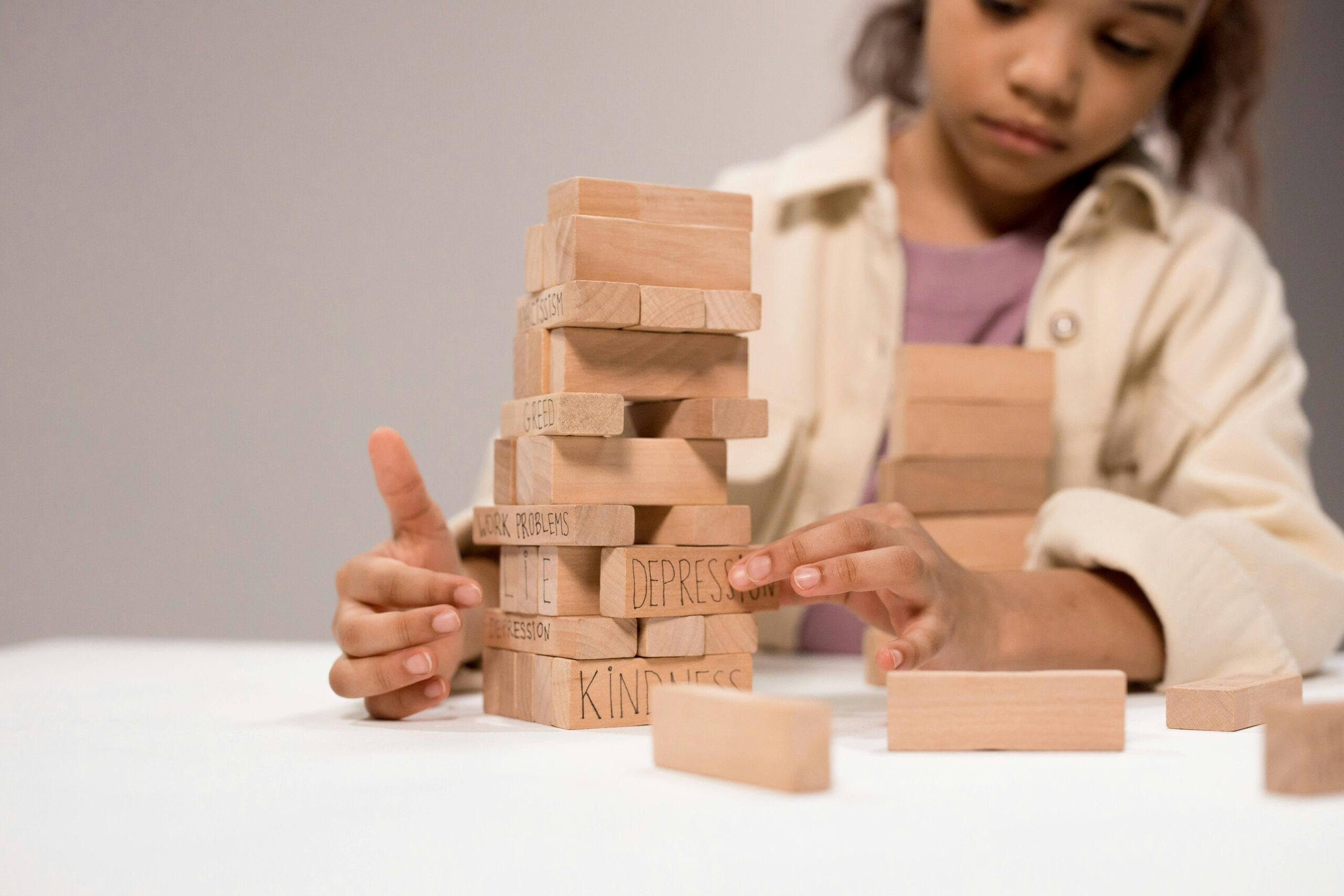
Why Emotional Intelligence Matters More Than Ever
In a world filled with rapid change and uncertainty, emotional intelligence (EQ) is emerging as one of the most important skills a child can develop. Unlike IQ, which is largely fixed, EQ can be nurtured and strengthened throughout childhood—and the benefits last a lifetime.






